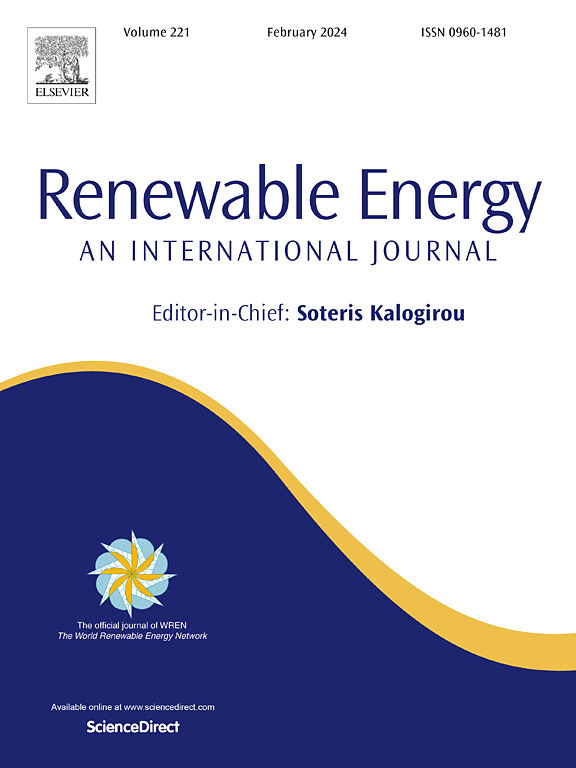Thermo-hydraulic assessment of energy tunnels under various thermal, hydrogeological and operational conditions
IF 9
1区 工程技术
Q1 ENERGY & FUELS
引用次数: 0
Abstract
Energy tunnels, promising structures for shallow geothermal energy extraction, require deeper insights into their thermo-hydraulic behavior. This study investigates the output power from the lining of energy tunnels numerically through a finite element model. After calibrating the model with both numerical and experimental data, the effects of various parameters and groundwater flow (GWF) on output heat were examined. Results demonstrate that pipe diameter and flow velocity dominate output power variation (74 %), exceeding soil thermal properties (8 %). Non-isolated conditions enhance heat exchange compared to isolated setups. GWF significantly boosts output power, with exponential increases up to 436 % at 104-fold velocity rises in isolated, perpendicular flows. GWF amplifies the impact of pipe layout by 0.8 %–10.8 %, and reduces power discrepancies between isolated/non-isolated conditions over time by restoring soil temperatures. Short-term output power surpasses long-term due to soil heat capacity depletion during prolonged operation. Inclined seepage, modeled as multidirectional flow, enhances thermal compensation by 10 %, with two-dimensional flows improving soil temperature recovery beyond one-dimensional flows. This study emphasizes GWF's crucial role in optimizing energy tunnels through GWF velocity and directionality, noting minimal soil influence. It offers quantitative guidelines on pipe configuration and hydrogeological conditions to maximize geothermal system efficiency.

求助全文
约1分钟内获得全文
求助全文
来源期刊

Renewable Energy
工程技术-能源与燃料
CiteScore
18.40
自引率
9.20%
发文量
1955
审稿时长
6.6 months
期刊介绍:
Renewable Energy journal is dedicated to advancing knowledge and disseminating insights on various topics and technologies within renewable energy systems and components. Our mission is to support researchers, engineers, economists, manufacturers, NGOs, associations, and societies in staying updated on new developments in their respective fields and applying alternative energy solutions to current practices.
As an international, multidisciplinary journal in renewable energy engineering and research, we strive to be a premier peer-reviewed platform and a trusted source of original research and reviews in the field of renewable energy. Join us in our endeavor to drive innovation and progress in sustainable energy solutions.
 求助内容:
求助内容: 应助结果提醒方式:
应助结果提醒方式:


